Anthropology
Related: About this forumMany Ethnic Russians Returning to North but Moscow isn't Counting Them, Anthropologist Says
Wednesday, February 17, 2021
Paul Goble
Staunton, February 16 – Many Russians who worked in the Far North in Soviet times to make money are now returning to the region because they are relatives and friends there, Anastasiya Karaseva says. But this reverse flow has been largely ignored because there are so few registration offices in the North able to record and report about this trend.
Karaseva, an anthropologist with the Center of Social Research on the North at St. Petersburg’s European University which is studying Russians in the northern portion of the country, insists that “people are returning. It is simply the case that statistics about them aren’t seen” by many (lenta.ru/articles/2021/02/16/anthropology/).
“The Far North, already in Soviet times, was a special territory where there was higher pay, longer vacations, and paid travel to any other part of the country,” she says. “This permits many Northerners to be very mobile” and to have the chance to compare one part of the country to others.
And life in the North because many services are nonexistent or far away is different because those who succeed there are ones who carefully plan for the future, Karaseva says. That creates a different character and more than that a sense of regional identity different from those held by Russians elsewhere.
More:
http://windowoneurasia2.blogspot.com/2021/02/many-ethnic-russians-returning-to-north.html
Judi Lynn
(163,980 posts)Date: 01.10.2020
Far North of Russia. The region’s name itself says it lies far from the ordinary world. So, you expect to find there ‘unordinary’ things like Arctic tundra, polar bears, reindeers, and Northern lights. Besides these, you will meet there people, the Nenets and Chukchis, who moved to the Extreme North before the 12th century.
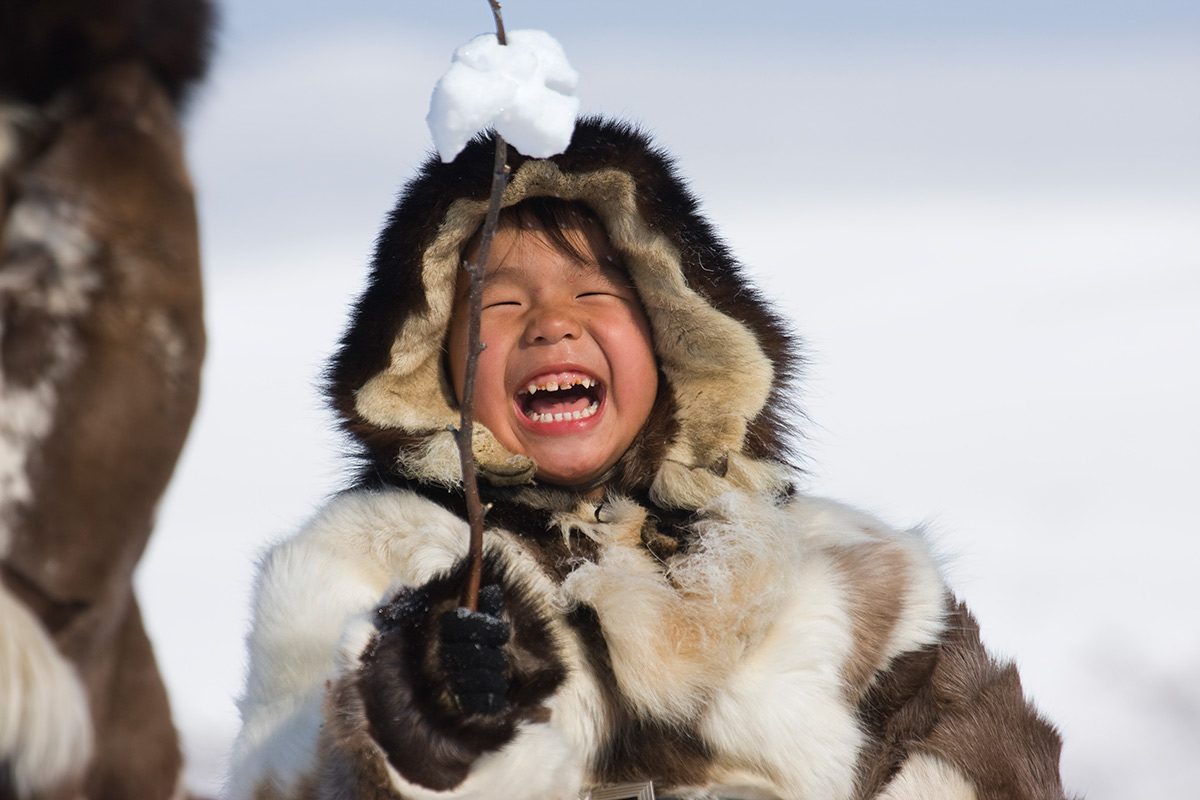
Photo by Stephen Graupner
Living under the Arctic Rules
The Arctic determines its own rules for those who live there, both animals and people. The first indigenous people of the North had to develop their own mode of life adapting to harsh conditions. During the ages it was being tested to survival by the cold, severe environment, wild animals, Polar night, and isolated location. So, once ‘approved’ by the rigorous Arctic, the northern people’s way of life has scarcely changed within time.
Nenets – “Children of a Deer”
Having arrived to the Nenets Autonomous Okrug, you understand why our journey to this area is called The deerest weekend and why the Nenets call themselves “children of a deer.” You see reindeers all around – the beasts themselves, their hides used for making traditional dwellings and clothes, antlers serving as decoration and toys, and, of course, the national meal prepared from meat and antlers of a reindeer.
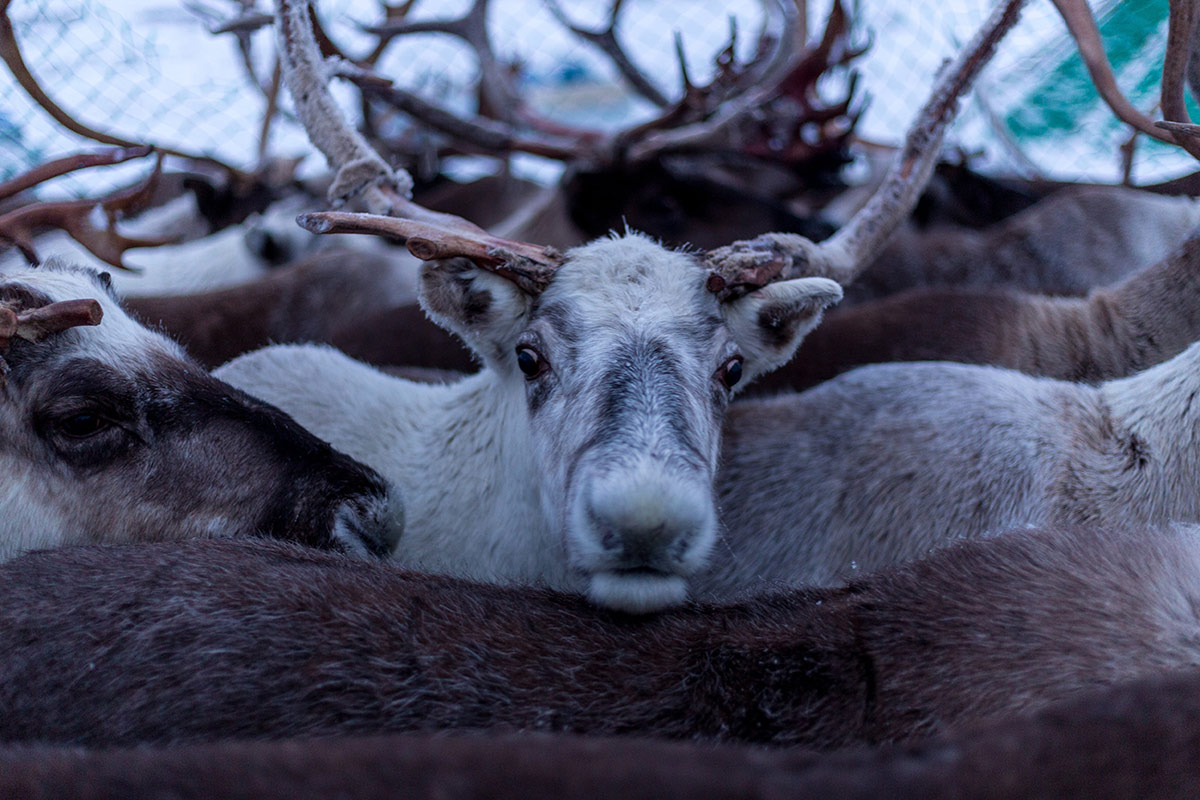
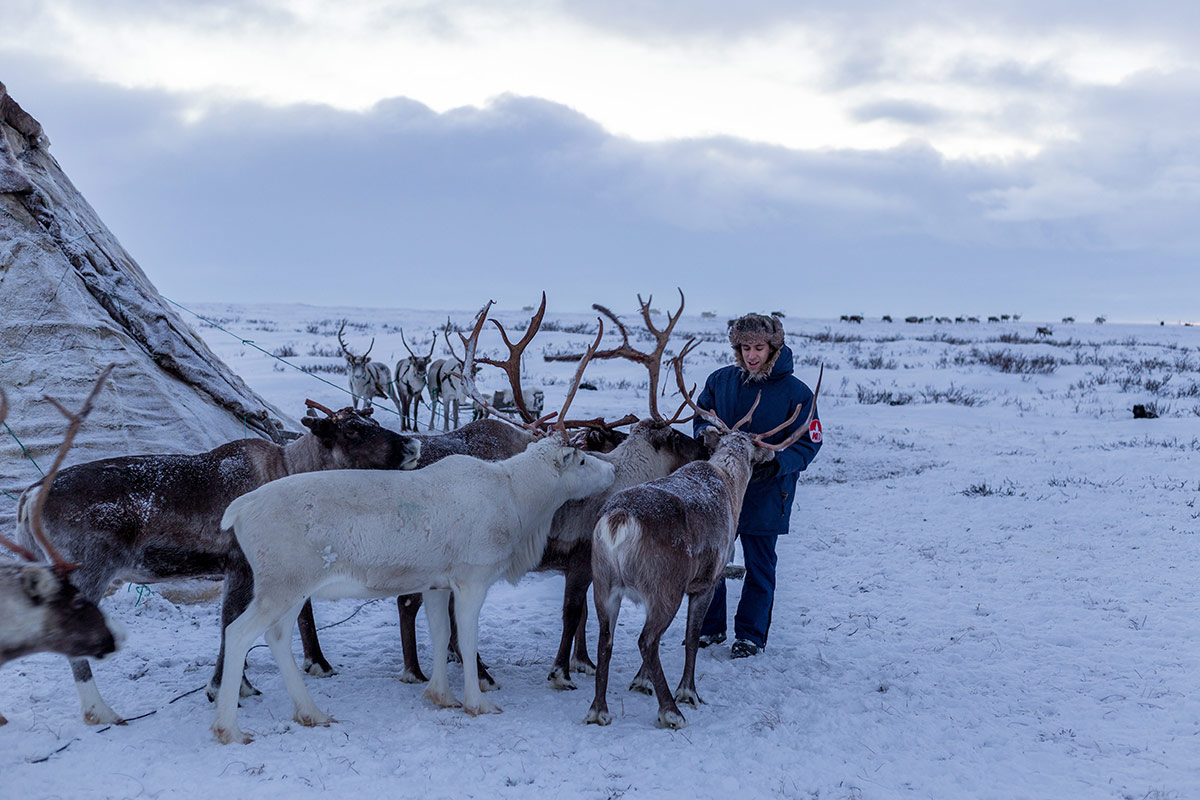
Not quite ordinary for the Europeans, its women who are responsible for setting a traditional house chum.
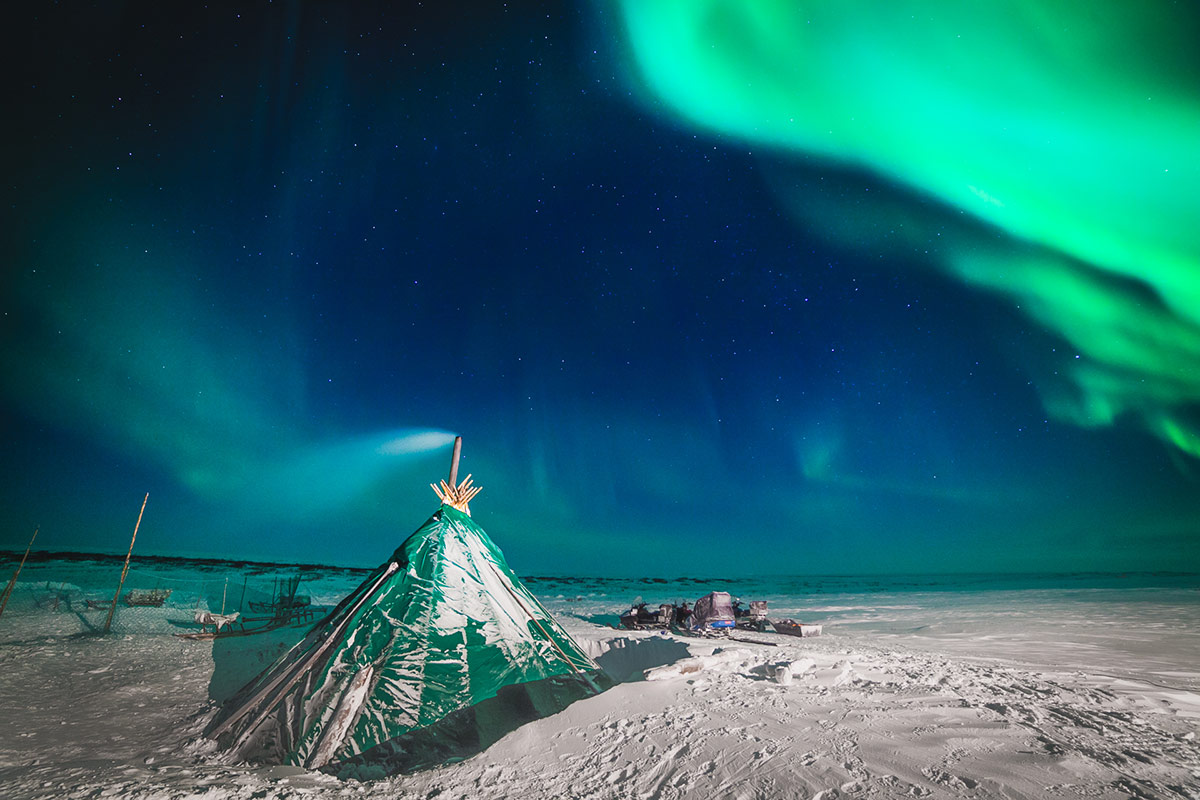
For a Nenets woman, it takes just 1-2 hours to ‘build a house’, and such quickness is really important: the tribe migrates all year round, unsetting and setting their dwellings each time, and in winter the temperatures reach -50°C. The Nenets use a reindeer hide to make ‘walls’ and a fur side of the hide to make sleeping places inside a chum.
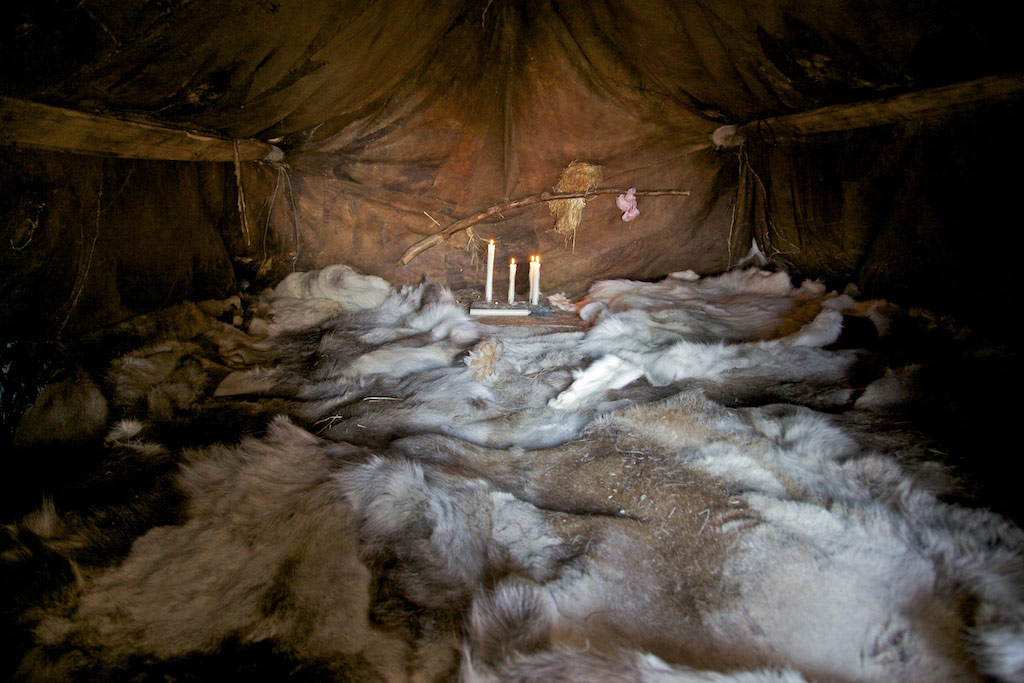
About 75 hides are necessary for setting one dwelling. There is a fire place in the middle. The only furniture is a big table.
More:
https://www.russiadiscovery.com/news/ethnotours_to_the_north/
littlemissmartypants
(30,171 posts)